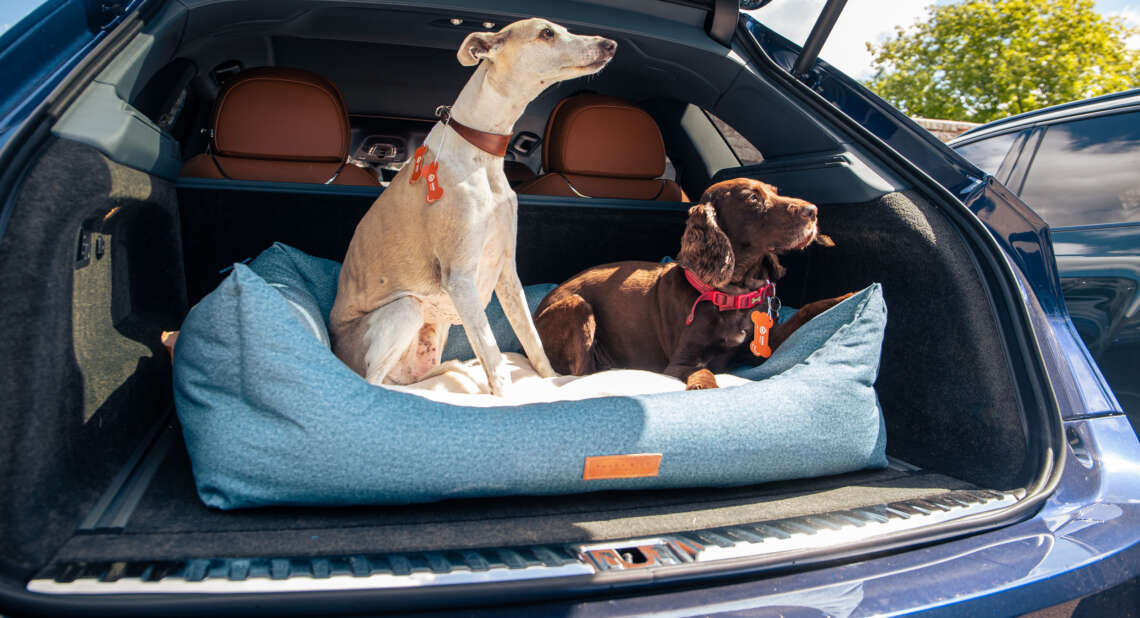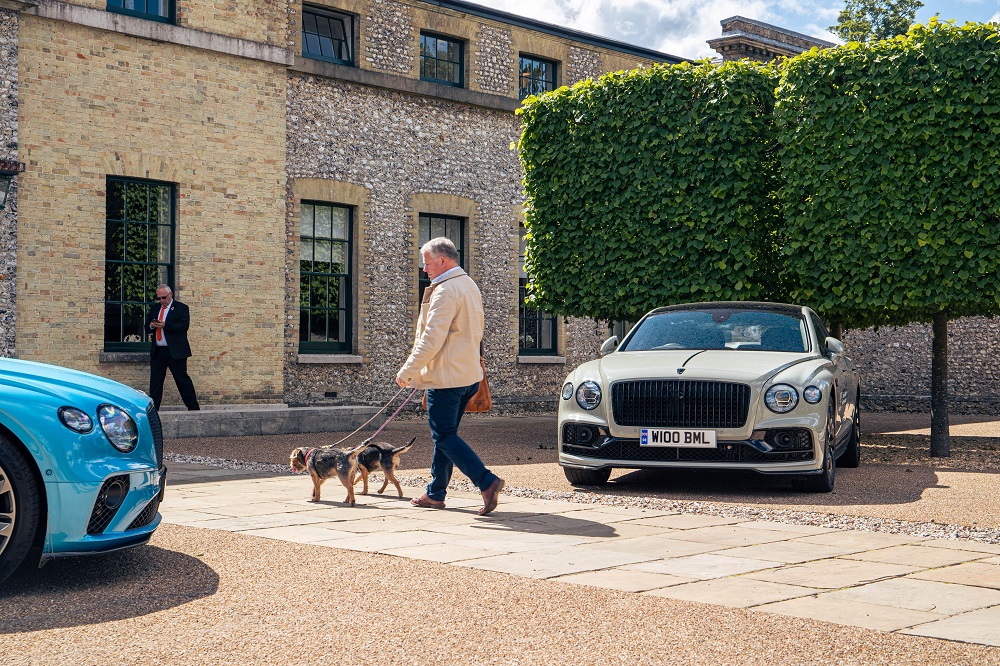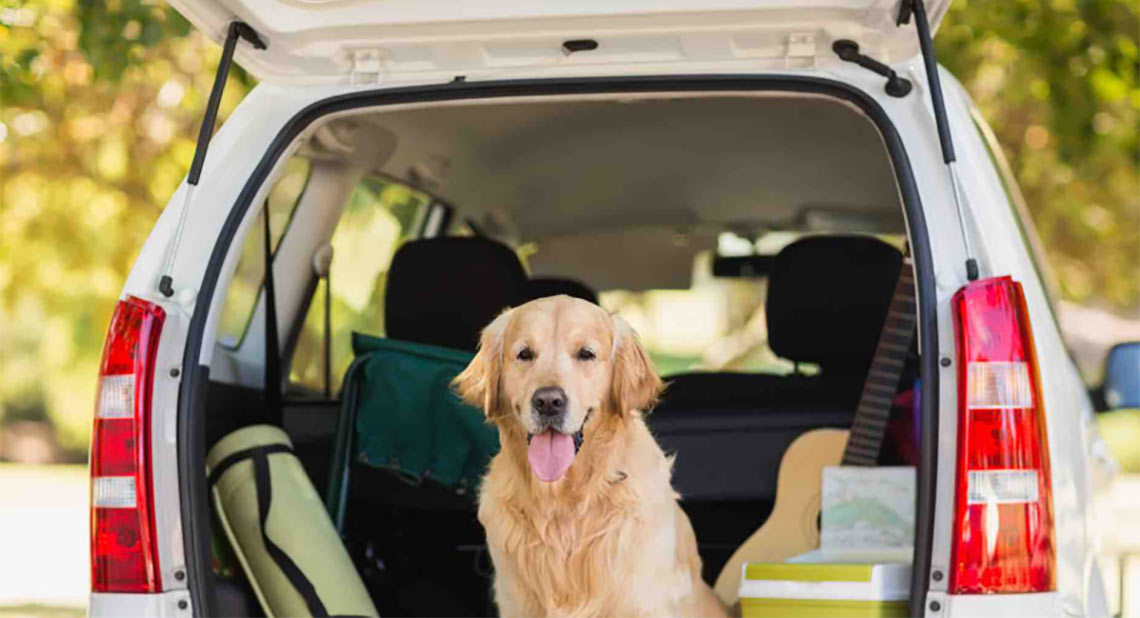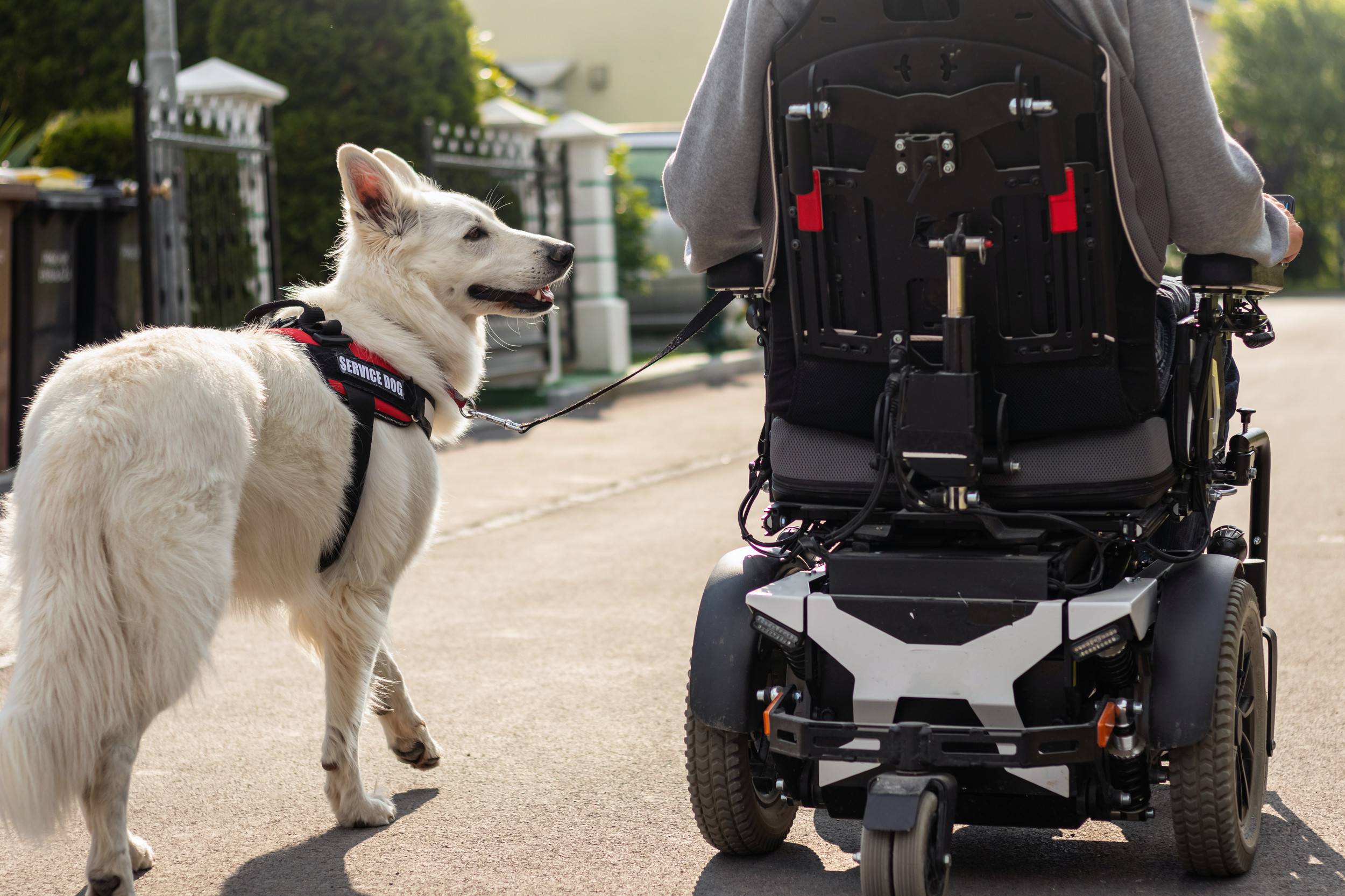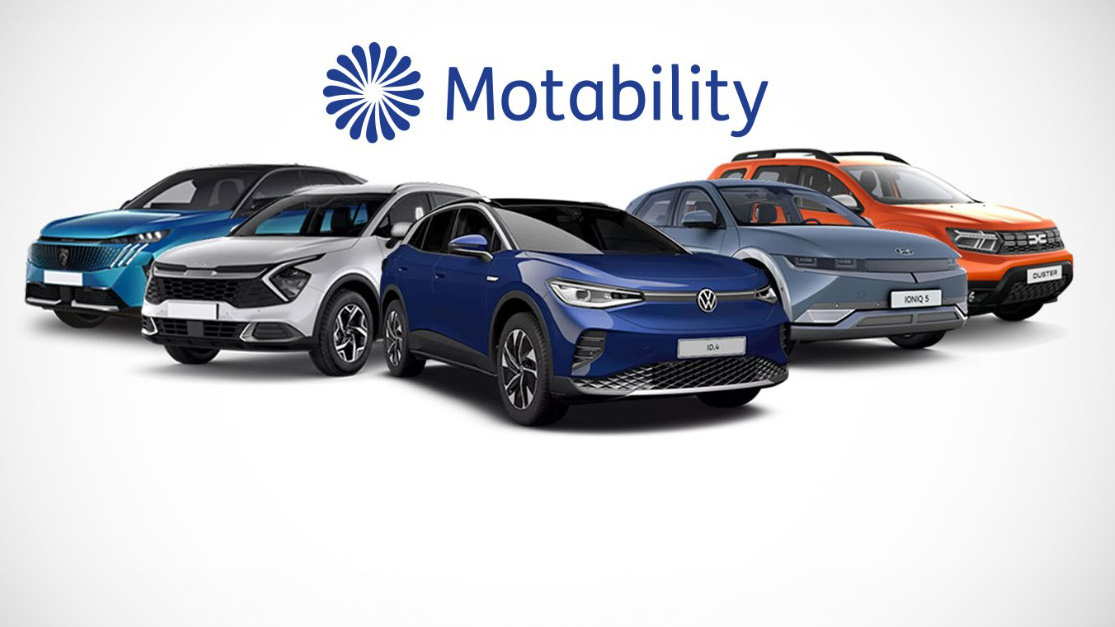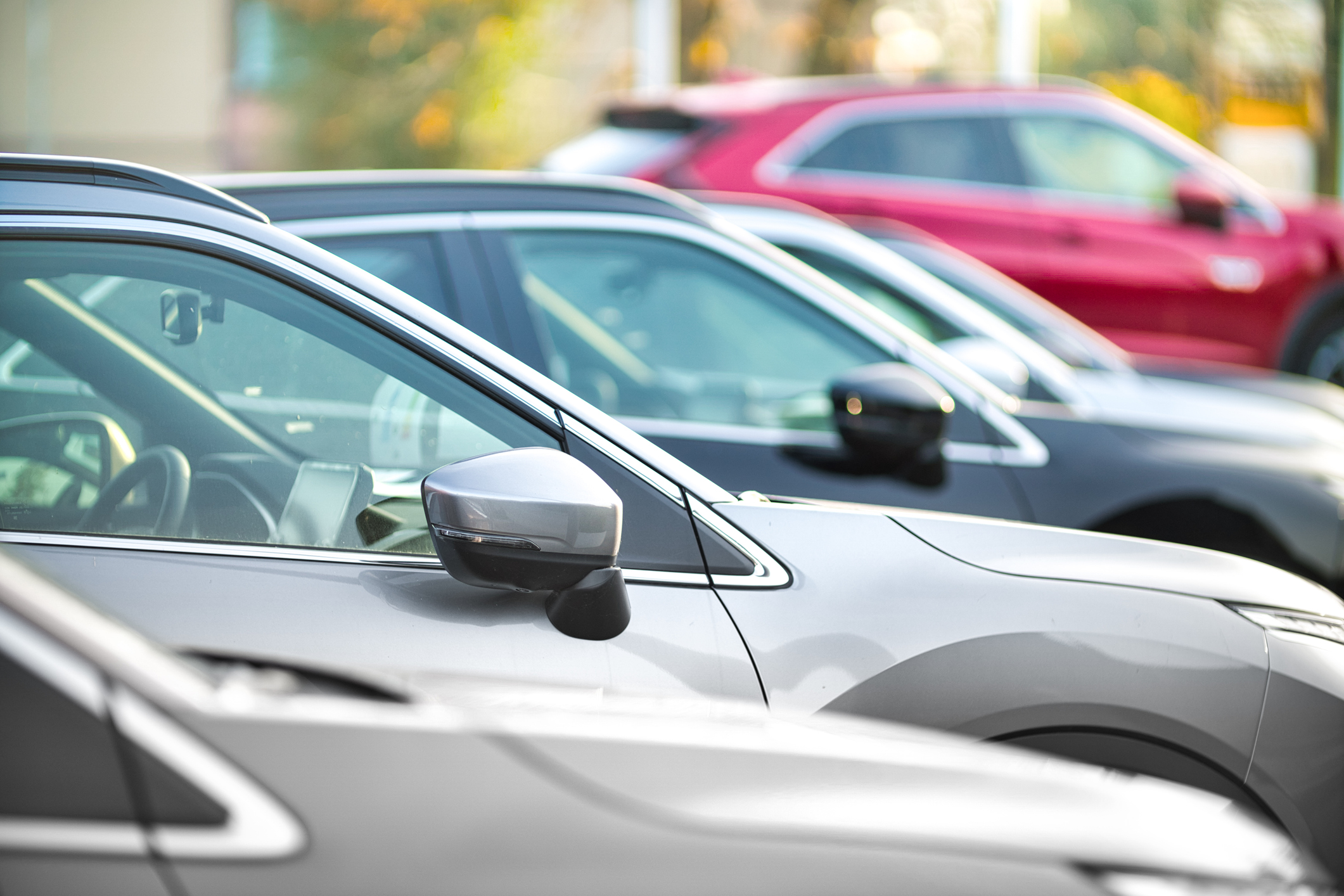Whether you’ve got a dog or are thinking of getting one, it’s likely that you’ll be travelling with them in your vehicle quite a bit. In this article, television vet Dr Scott Miller shares his top tips to help you keep your dogs happy in the car.
Use small steps with puppies
Puppies are packed with energy and, much like smaller children, are susceptible to motion sickness. Dr Scott states that you ‘want to go back to basics, giving them treats to get acclimatised to the car without even turning it on’. Even before you turn a key, you want to make the car a positive environment – you could even give your dog one of its meals in the car and then jump them out without going anywhere.
‘You need to focus on the dog, not on driving’, says Dr Scott, ‘It’s something that dogs get used to over time. They take a while to get used to things’.
Give rescues time to adjust
If you’ve rescued a dog, then it’s worthwhile getting some information from the shelter as to whether or not they’ve been in a car already. ‘If a rescue dog has been in a car then their ability to get used to a car might be quicker and as long as you make it a positive experience,’ says Dr Scott. As before, it’s about positive reinforcement.
If a rescue hasn’t been in a car before then it’s a good idea to go back to stage one and take things very gently. Get them used to the car before it’s switched on and make those initial trips shorter before gradually extending them.
Make sure they’re correctly harnessed
By law, dogs need to be properly secured in the car. If they’re not suitably restrained, then the driver could be liable to up to nine penalty points and a maximum fine of £5,000. Dr Scott says that ‘One of the best ways to do this is to put their harness on and then attach this to the seat belt. Some people might put them in a crate which can be in the boot or bespoke-designed ones for cars.’He adds that ‘a lot of the time with motion sickness it’s coming from being able to see outside. So it might be a good idea to put them somewhere that they can’t see outside’. That could mean a covered crate in the boot that can prevent a dog from peeking outside.
Factor in breaks on longer trips
If your dog is now used to the car then you might be thinking about travelling further afield. However, you need to make sure that you’re factoring in stops every few hours – ‘or even shorter for younger dogs’, according to Dr Scott – so that your dog can get out and stretch.‘You also need to remember about temperature’ says Dr Scott. ‘Dogs do overheat easily and if they’re anxious then their body temperature is going to be up as well. You should never leave them in the car on their own’.
Give music a try
It might sound odd, but a little bit of music could help your dog to relax even more in the car. While classical music is often used by many drivers to help keep their dogs calm, Dr Scott instead prefers a bit of dance music as ‘it has a continuous beat’ that can help reduce some of the noises generated by a car.
This article was written by Jack Evans and PA Motoring Reporter from PA Motoring Service and was legally licensed through the Industry Dive Content Marketplace. Please direct all licensing questions to legal@industrydive.com.
Related articles
A guide to understanding assistance dogs
5 dog-friendly accessible days out
Motability Scheme customer Helen shares her advice for taking your dog in the car
![]()
